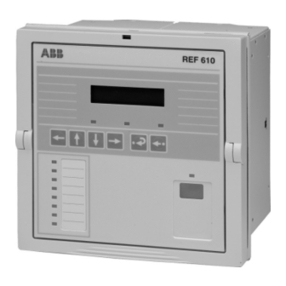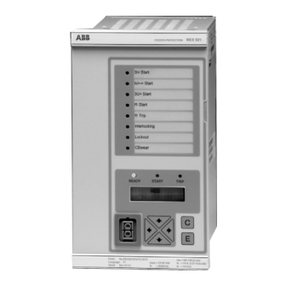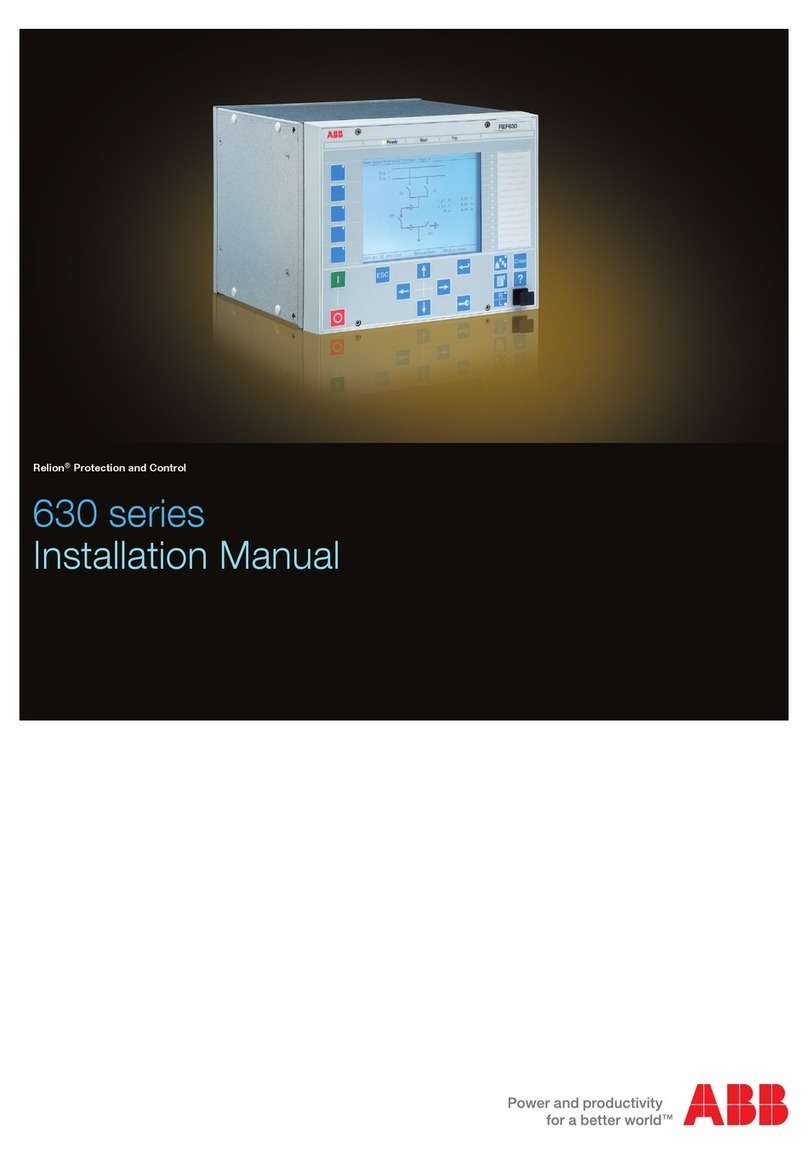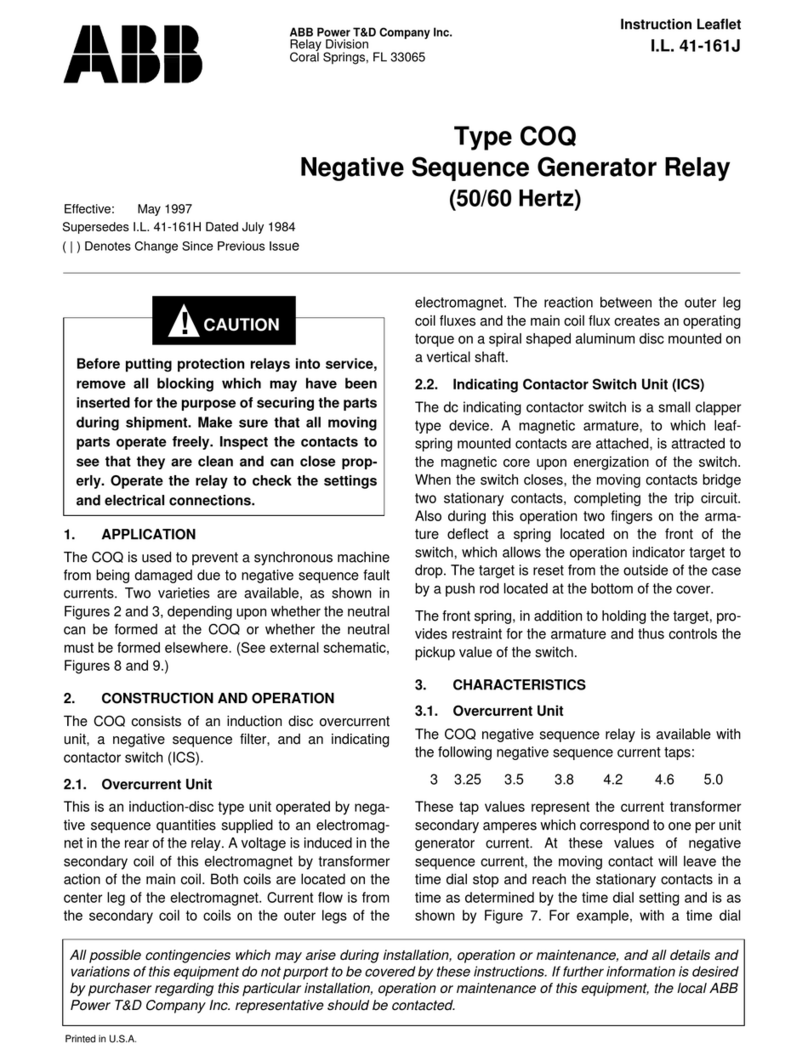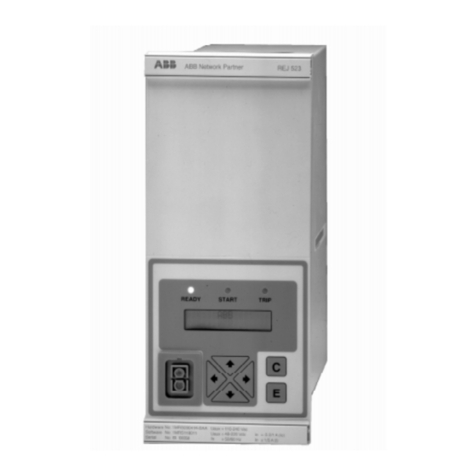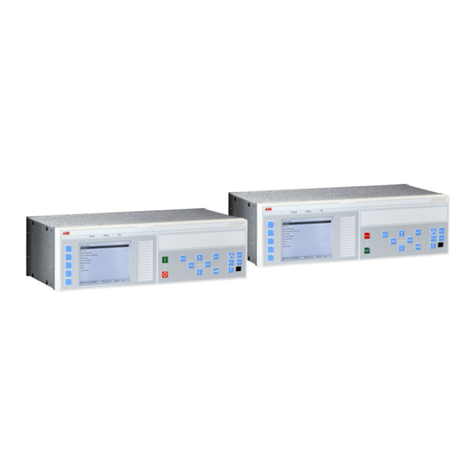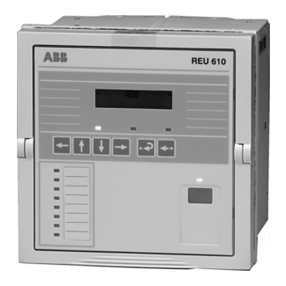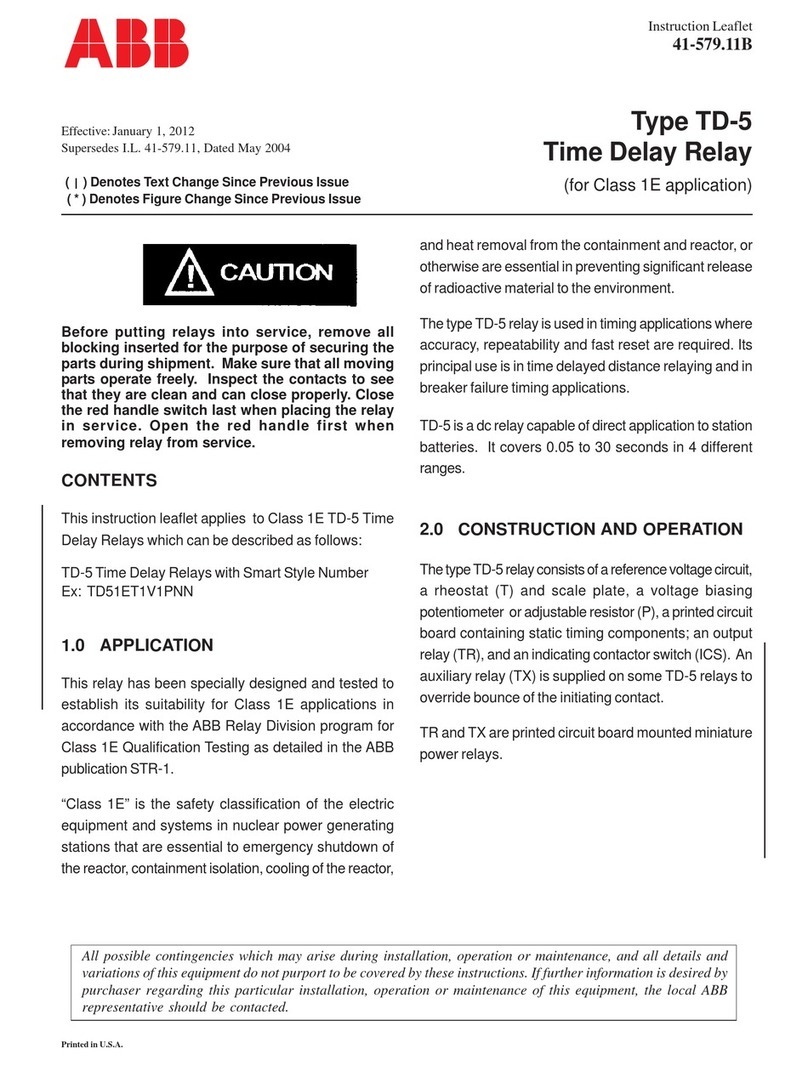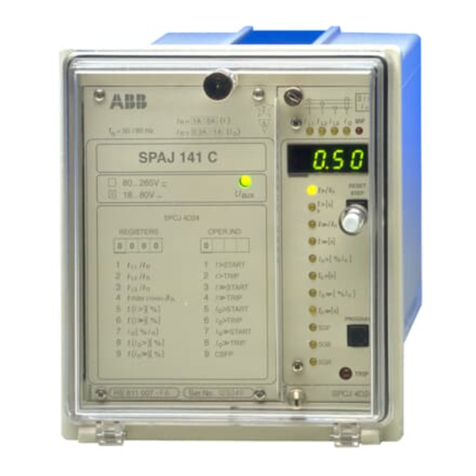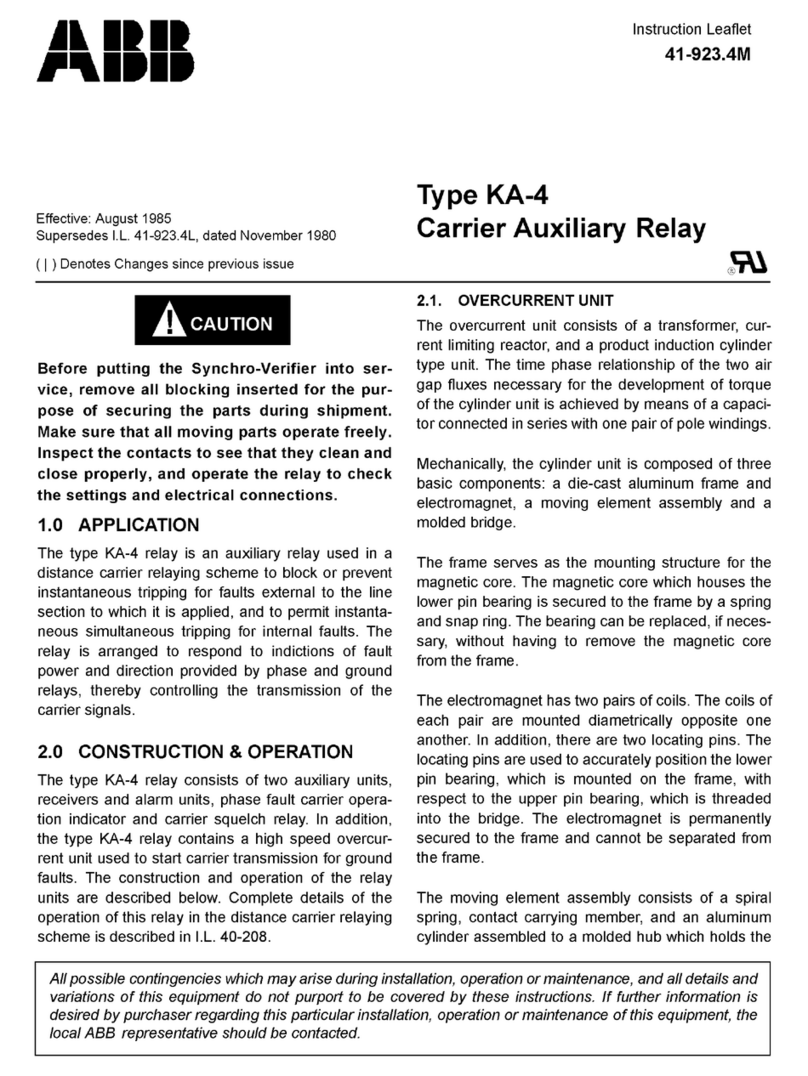
I.L.
41-661.2A
the breaker immediately trip again, contacts
Y5
and X8 will be open to prevent premature ener-
gization of the breaker close circuit.
COMPLETE OPERATING SEQUENCE
Fault-Trip -Immediate Reclosure
0
Refer to Fig.
5.
With the timing drum in the
“Start” position, a #3 cam spring will be holding
contact #3 closed. The breaker switch contacts
52b and 52bb close, energizing the motor 79M
through contact
#I,
and the drum begins to ro-
tate. At the same time the coil of the contactor
unit, 79X, is energized through drum contact #3,
and contact YS. When the breaker latch checking
switch, 52LC, closes, the breaker control relay
52X is immediately energized through the
pre-
closed contacts YS and 3.
This
in turn energizes
the closing coil of the breaker,
52C.
Simulta-
neously, contactor unit, 79X, seals in through its
contact X8, while its other contact, X9, energizes
the coil of solenoid unit 79Y to open contacts
YS and Y 13 and close contact Y7. As the circuit
breaker closes, the breaker auxiliary switches 52b
and 52bb open, and 52a closes. Opening 52bb
de-energizes 79X and 79Y. The latter then resets
against its latch, thus leaving contacts YS and
Y 13 open and contact Y7 closed until the latch
is released. Before the latch is released, the drum-
operated contact, 14, will be opened and will
remain open until the drum returns to the “Start”
position.
Preparing for Second Reclosure
The drum continues to rotate. When the
breaker trips the second time, no immediate
operation occurs. At about one second, #2 cam
contact closes to set up the motor circuit when
the breaker is subsequently reclosed. At about
the three second drum position contact
#3
opens. At about 6 seconds, the Y unit latch is
released by the #S cam, resetting the Y unit. The
relay is now ready for another reclosure as soon
as contact
#3
is closed by the #3 cam spring. The
drum will continue to rotate, since the motor is
energized through
S2b
and
#l
contacts.
Second and Third Reelosures
At
15
and 45 seconds the #3 contact closes to
reclose the breaker. After each reclose, the Y unit
is unlatched by the action of cam
#S.
6
Lockout
When the drum reaches the lockout position,
the motor is de-energized, since cam contact
#I
opens (assuming the breaker is open). The breaker
must then be closed by the control switch. If
the breaker then remains closed the drum will
rotate to the “Start” position, where the motor is
de-energized by the #2 cam contact.
CHARACTERISTICS
The standard rating for the relay is:
Motor . . 120/240 V, 60 hertz
X and Y Units.
.
.
.
120/24OV, 60 hertz
or
481125
Vdc
Drum Speeds.,
.
.
.
.
.
.
.
.
60-90-180-360
Sec./Rev.
When the motor is to be operated at 240 volts
a resistor in the bottom right side is connected in
series with the motor coil. Relays are available for
operation on SO hertz. X and Y units can be sup-
plied for a minimum rating of 24 volts d-c, or
with a 250 volt rating.
BURDEN DATA
The maximum burdens for the various units
of the standard RCL relay when energized from a
120 V, 60 cycle supply are listed below:
Contactor Unit (Device 79X)
Open position
.
.
.
.
49 VA
Closed position
.
33 VA
Solenoid Unit (Device 79Y)
Open position
.
15 1 VA
Closed position
.
.
.
.
84 VA
Synchronous Motor (Device 79M).
.
.
8.5 VA
The burdens of the X and Y units occur only
momentarily during the reclosing cycle but the
motor is energized throughout the .reclosing cycle.
The X and Y units can be energized for a 1 min-
ute period and the motor for a 15 minute period
without injury.
SETTINGS
No settings are necessary unless factory settings
do not meet the application requirements. The
factory settings are for three reclosures
-
imme-
diate,
15
and 45 seconds, with a drum revolu-
Courtesy of NationalSwitchgear.com
